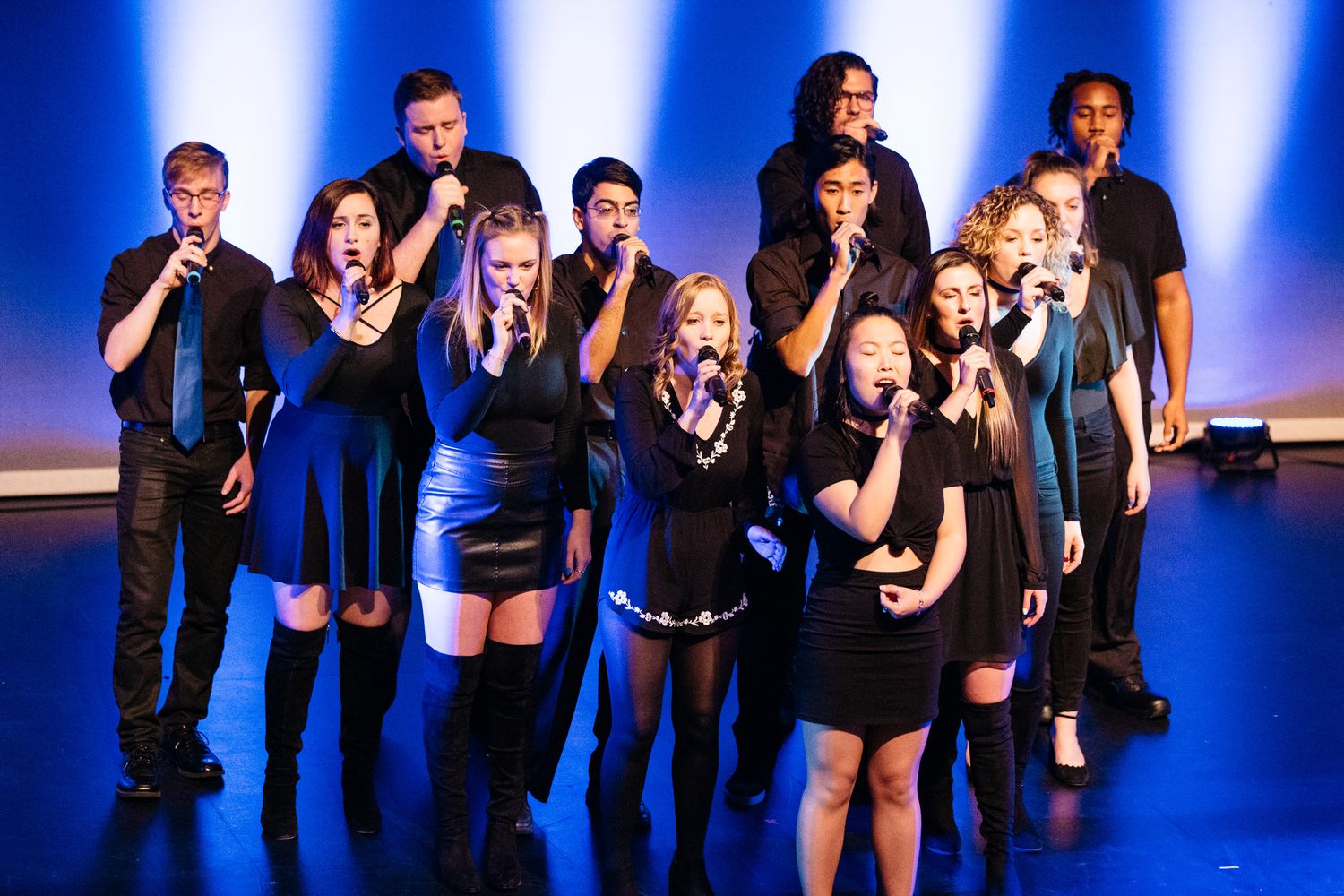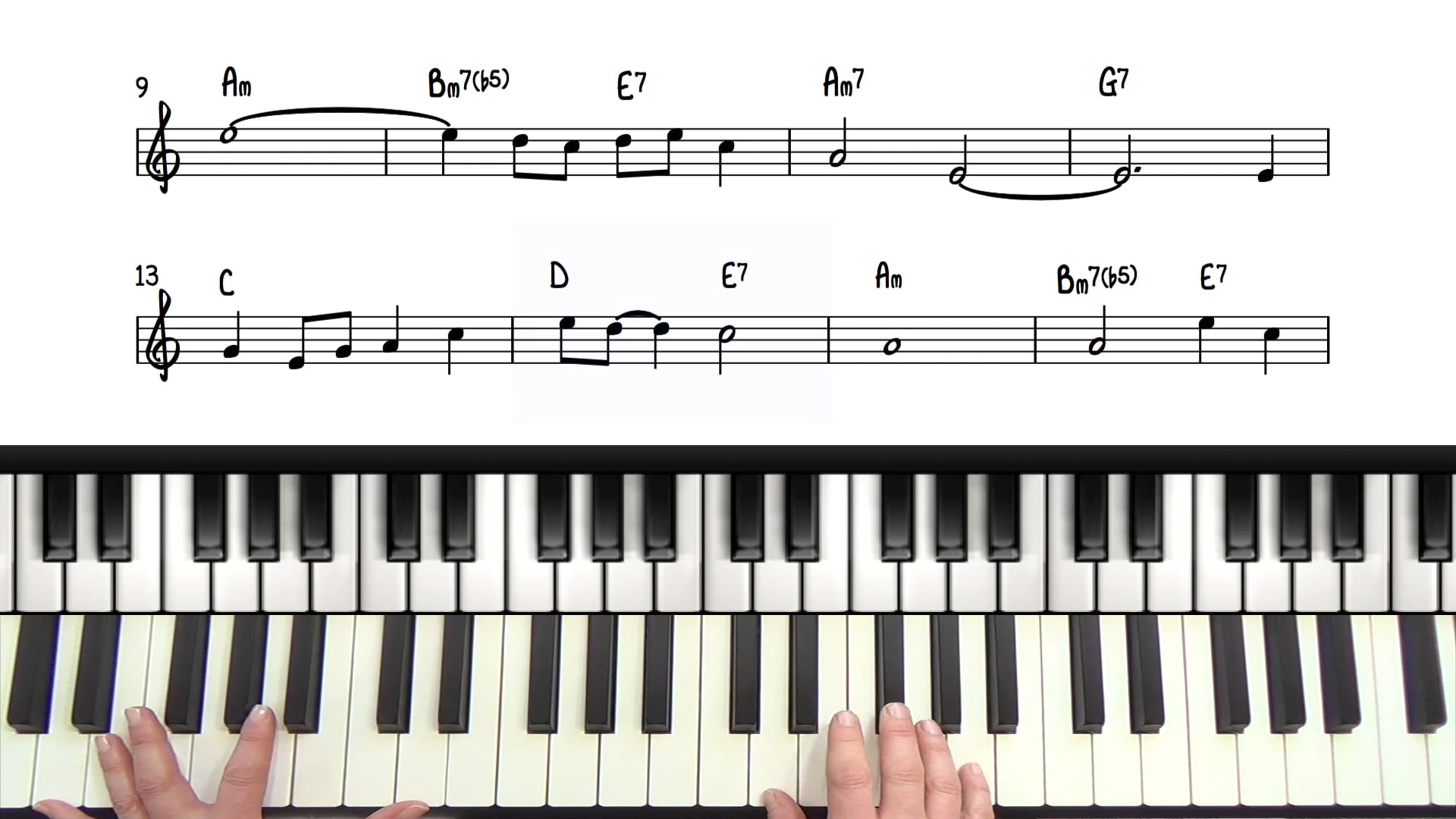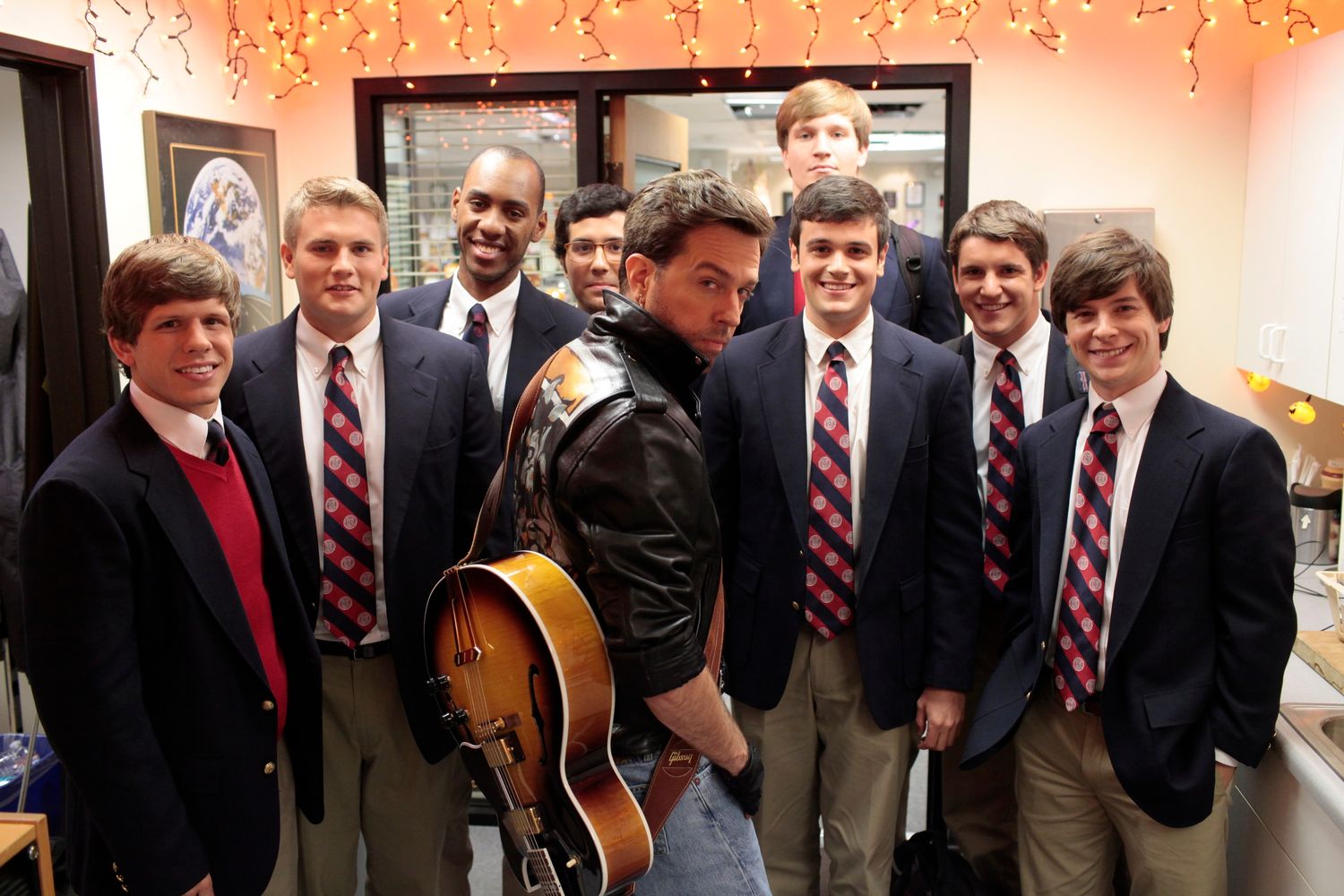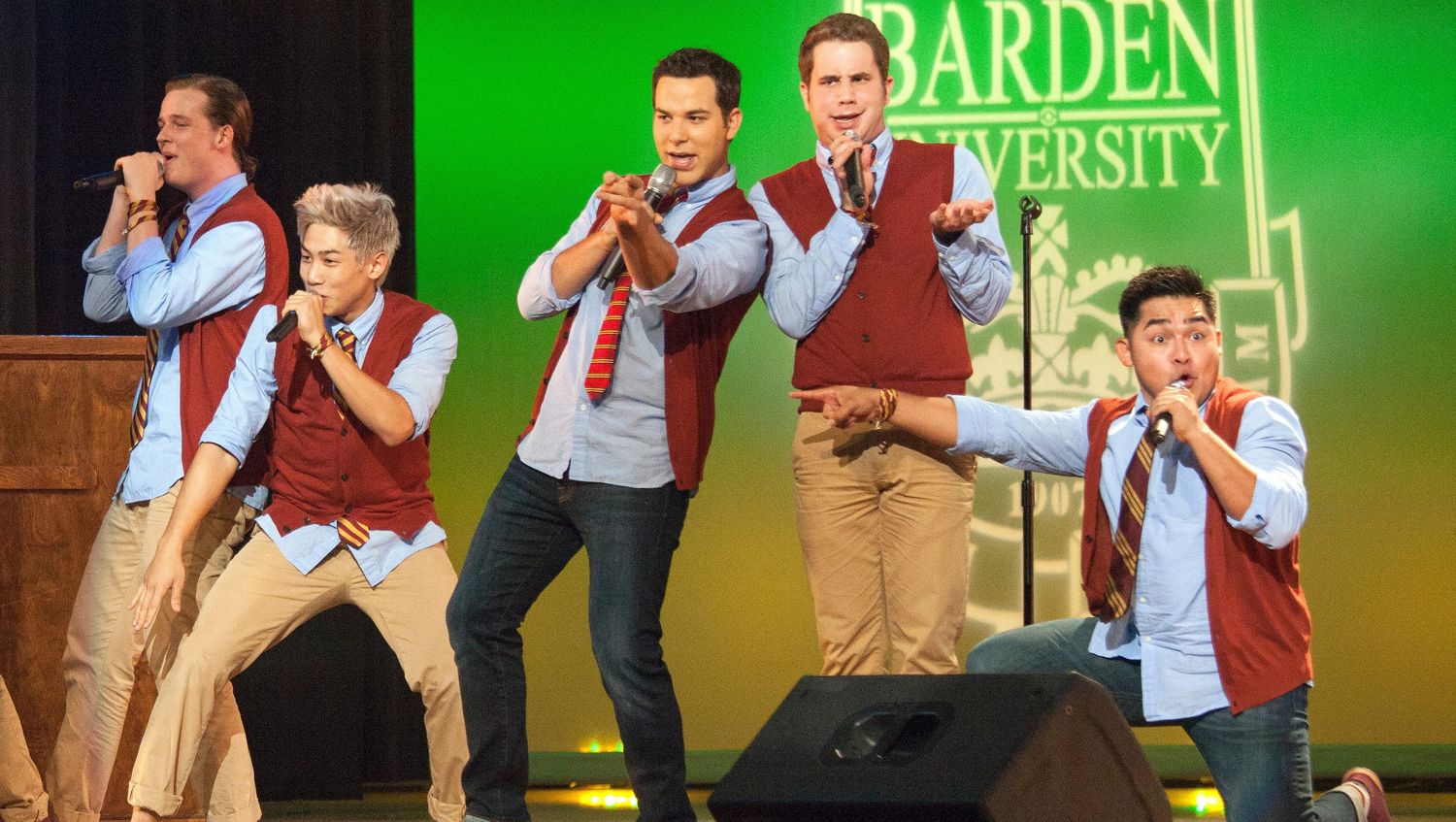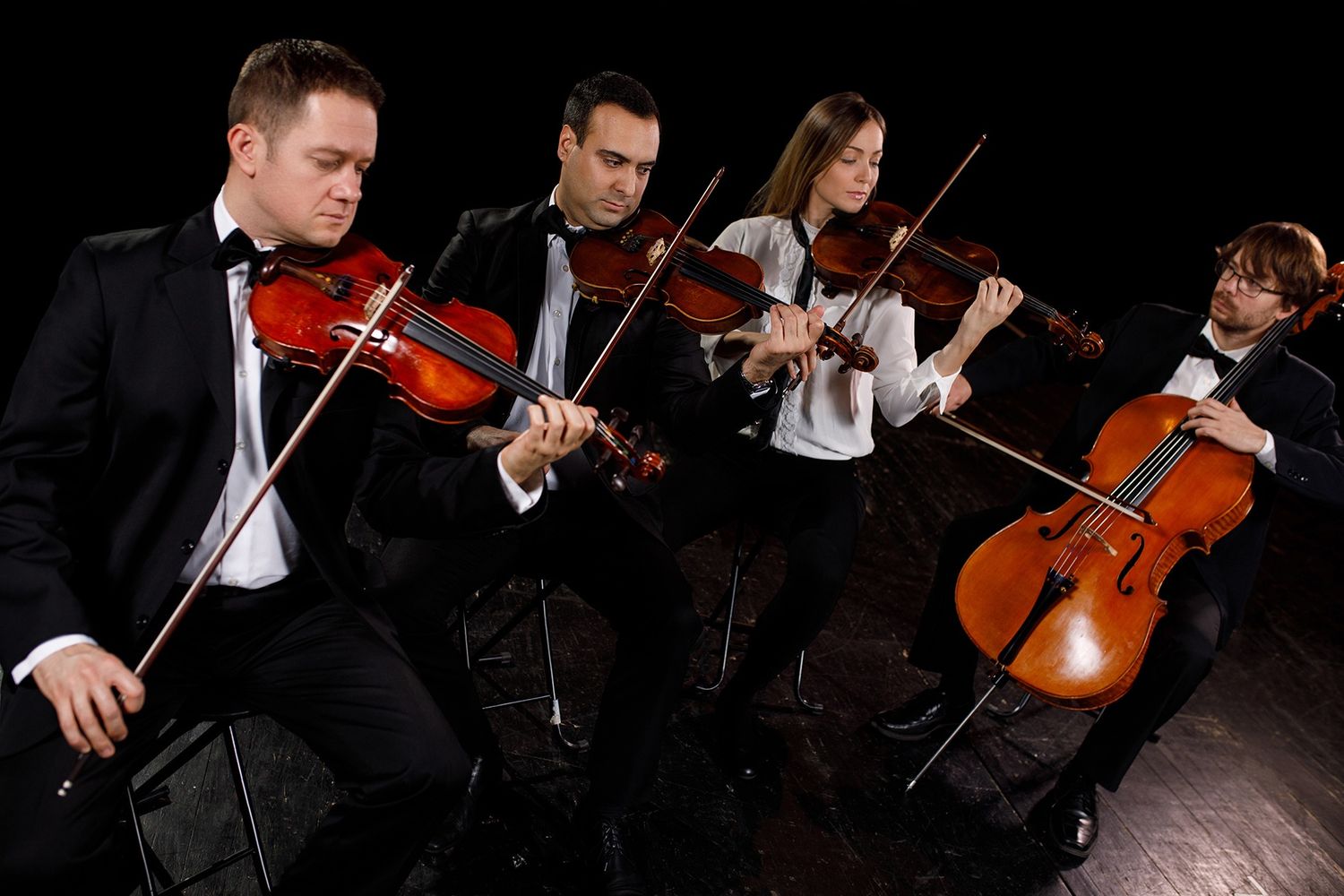Home>Events & Info>Opera>What Group Of Instruments Accompanies The Singers In An Opera
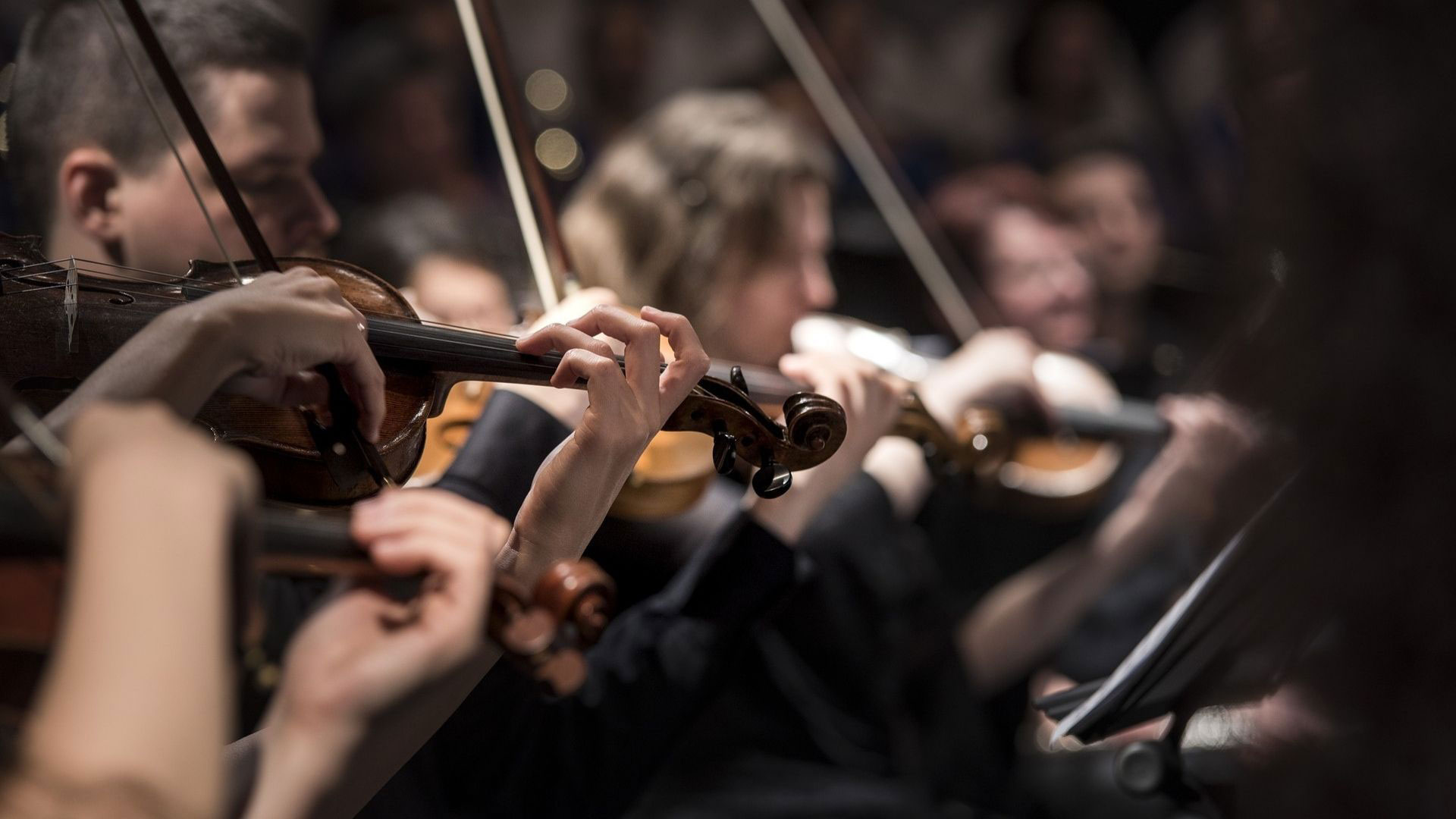

Opera
What Group Of Instruments Accompanies The Singers In An Opera
Published: January 6, 2024
Discover the captivating world of opera with a harmonious group of instruments accompanying the singers, adding depth and emotion to the enchanting performances. Experience the magic of opera today!
(Many of the links in this article redirect to a specific reviewed product. Your purchase of these products through affiliate links helps to generate commission for AudioLover.com, at no extra cost. Learn more)
Table of Contents
Introduction
Welcome to the enchanting world of opera, where music and drama intertwine to create extraordinary spectacles that captivate audiences around the globe. Opera is a unique art form that combines the power of music, poetry, and theatrical performances to tell compelling stories. While the singers take center stage, they are not alone in captivating our hearts; they are accompanied by a talented group of musicians known as the orchestra.
The orchestra in opera plays a pivotal role in enhancing the emotional impact of the music and supporting the singers on stage. Together, they create a harmonious blend of sound that transports us to different eras and places, eliciting a wide range of emotions from joy to despair. In this article, we will explore the fascinating world of opera orchestras and the instruments that accompany the singers.
From the delicate strings to the powerful brass, the orchestra is composed of several instrument families, each bringing their unique characteristics to the mix. Understanding the role of each instrument and how they work together is essential in appreciating the intricacies of opera and the incredible talent required to bring it to life.
Join us as we delve into the captivating world of opera orchestras and discover the enchanting symphony they create alongside the singers. Let us embark on a journey that will unravel the mysteries behind the harmonious collaboration of instruments and voices, and gain a deeper appreciation for the magic that unfolds on the opera stage.
The Orchestra in Opera
In opera, the orchestra serves as the backbone of the musical accompaniment, providing the rich textures and lush melodies that enhance the dramatic storytelling. Composed of talented musicians under the direction of a conductor, the orchestra brings life to the composer’s score, immersing the audience in the world of the opera.
Opera orchestras typically consist of four main instrument families: strings, woodwinds, brass, and percussion. Each family contributes its unique timbre and color to the overall sound, creating a tapestry that supports and interacts with the singers on stage.
The size and composition of the opera orchestra may vary depending on the specific opera and the requirements of the score. Some operas may feature smaller ensembles, while others demand larger orchestras with a greater variety of instruments.
The conductor is the musical director responsible for leading the orchestra and coordinating the timing and dynamics of the music. They bring their interpretation and understanding of the score to guide the musicians in creating a cohesive and emotive performance.
Throughout the opera, the orchestra is often given moments to shine in instrumental interludes and preludes, showcasing the individual skills of the musicians. These moments allow the audience to appreciate the instrumental mastery and talent present within the orchestra.
Now that we have a general understanding of the role the orchestra plays in opera, let us explore in more detail the specific instruments within each instrument family and how they bring the music to life.
The Role of Accompaniment
The accompaniment in opera serves multiple purposes, all aimed at enhancing the dramatic impact of the performance. While the singers are the focal point of the opera, the accompaniment provided by the orchestra is essential in setting the mood, supporting the singers, and underscoring important moments in the narrative.
One of the primary functions of the accompaniment is to establish the emotional atmosphere of each scene. The music can convey a wide range of emotions, from love and passion to sadness and anger. Through various musical techniques such as melody, harmony, and dynamics, the orchestra supports the singers in conveying these emotions to the audience.
The accompaniment also plays a crucial role in highlighting and accentuating significant moments in the opera. For example, during a climactic aria or a dramatic revelation, the orchestra may increase the volume and intensity to create a sense of tension and anticipation. Conversely, in more delicate and tender moments, the accompaniment may soften to allow the singers’ voices to take center stage.
Furthermore, the orchestra provides a seamless connection between the different scenes and acts of the opera. Transitions are often marked by instrumental interludes, known as intermezzi or orchestral interludes. These musical passages bridge the gaps between scenes, maintaining the flow of the performance and allowing the audience to remain immersed in the world of the opera.
Additionally, the accompaniment serves as a vehicle for storytelling. It helps depict the characters, their emotions, and the overall narrative arc of the opera. Through leitmotifs—recurring musical themes associated with specific characters or ideas—the orchestra adds depth and continuity to the storytelling, reinforcing the dramatic elements of the opera.
Overall, the accompaniment provided by the orchestra is an integral part of the opera experience. It heightens the emotional impact, punctuates important moments, facilitates seamless transitions, and aids in the overall storytelling. The orchestra and the singers work together in perfect harmony to create a truly mesmerizing and captivating opera performance.
String Instruments
The string section forms the foundation of the orchestra in opera and consists of instruments with strings that are either plucked or bowed. These instruments include the violin, viola, cello, and double bass.
Violin: The violin is arguably the most prominent and versatile instrument in the string section. Its high-pitched and expressive sound brings forth the melodies and emotional nuances of the opera. From tender solos to intricate ensemble passages, the violin adds depth and richness to the overall sound.
Viola: The viola has a slightly lower pitch than the violin and has a warm and mellow tone. It often plays a supporting role, providing harmonies and filling in the middle range of the orchestra. The viola adds richness and depth to the overall sound, enhancing the emotional impact of the music.
Cello: The cello, with its rich sonority and deep resonance, plays a vital role in the string section. Its expressive and soulful sound often takes on lyrical melodies or provides a grounding harmony. The cello adds a warm and emotional depth to the opera, especially in poignant and introspective moments.
Double Bass: As the largest and lowest-pitched instrument in the string family, the double bass provides a solid foundation for the orchestra. Its deep and resonant sound adds richness and weight to the overall ensemble. The double bass often plays the bass lines and provides the rhythmic and harmonic support that anchors the music.
The string instruments in opera work together to create lush harmonies, intricate melodies, and dramatic effects. They are capable of producing a wide range of tones, from delicate and gentle to bold and powerful. The string section is essential in conveying the emotional depth of the music and adding texture and richness to the overall orchestral sound.
Woodwind Instruments
The woodwind section in the opera orchestra consists of instruments that produce sound by blowing air into a mouthpiece or through a reed. These instruments include the flute, oboe, clarinet, and bassoon, among others.
Flute: The flute is a versatile instrument that can produce a range of tones, from delicate and ethereal to bright and lively. It often plays melodic lines and solos, adding a sense of grace and agility to the music. The flute’s light and airy sound is particularly effective in depicting scenes of nature or portraying delicate and fleeting emotions.
Oboe: The oboe has a unique and expressive voice in the woodwind section. Its rich and penetrating sound carries melodies and expressive lines, often evoking sentiments of longing or melancholy. The oboe can convey a wide range of emotions, from haunting sorrow to joyful exuberance.
Clarinet: The clarinet possesses a versatile and warm tone that can blend seamlessly within the orchestra or stand out with its distinct character. It is renowned for its ability to portray a wide range of moods, from playful and sprightly to soulful and expressive. The clarinet adds depth, color, and versatility to the woodwind section.
Bassoon: The bassoon is a large and low-pitched instrument known for its deep and resonant sound. It often plays bass lines and provides a solid foundation in the woodwind section. The bassoon adds richness, depth, and character to the orchestra, especially in dramatic and contrasting sections.
In addition to these instruments, the woodwind section may also include instruments such as the piccolo, English horn, and contrabassoon, among others. Each instrument brings its unique qualities to the opera, contributing to creating a diverse and expressive sound palette.
The woodwind instruments in opera play a crucial role in providing melodic lines, adding color and texture, and contributing to the overall atmosphere of the music. Their agility and expressive capabilities make them essential in conveying the emotional range of the opera and complementing the vocal performances on stage.
Brass Instruments
The brass section in the opera orchestra consists of instruments made of brass or other metal alloys that produce sound through the vibration of the musician’s lips against a mouthpiece. These instruments include the trumpet, French horn, trombone, and tuba.
Trumpet: The trumpet is a powerful and vibrant instrument that can cut through the orchestra with its bright and bold sound. It often takes on fanfares, regal melodies, or heroic solos, adding a sense of grandeur and majesty to the opera. The trumpet’s piercing sound can evoke feelings of triumph, celebration, or even tragedy.
French Horn: The French horn has a rich and warm tone that can be both lyrical and dramatic. It often plays melodic lines, harmonies, or evocative solos that convey a full range of emotions. The French horn adds depth, complexity, and a touch of elegance to the brass section, enhancing the overall sonic landscape.
Trombone: The trombone is a versatile instrument capable of producing a wide range of tones, from deep and rumbling to smooth and lyrical. It plays an essential role in adding weight and power to the brass section, often providing harmonic support or adding dramatic impact in climactic moments. The trombone’s distinctive sliding technique gives it a unique and expressive character.
Tuba: As the largest and lowest-pitched instrument in the brass section, the tuba provides a solid foundation and a deep, resonant sound. It often plays bass lines, adding weight and richness to the overall ensemble. The tuba’s deep and powerful sound plays a vital role in creating a full and majestic orchestral sound.
The brass instruments in opera bring a sense of excitement, power, and grandiosity to the music. Their bright tones, bold melodies, and expressive capabilities contribute to the overall emotional impact of the opera. Whether in triumphant fanfares, poignant solos, or majestic ensemble passages, the brass section adds a regal and thrilling element to the orchestral fabric.
Percussion Instruments
The percussion section in the opera orchestra is responsible for adding rhythmic drive, texture, and dramatic effects to the music. It includes a wide array of instruments that are struck, shaken, or scraped to produce a range of percussive sounds.
Kettle Drums: Also known as timpani, kettle drums are large drums with tunable heads that are played with mallets. They provide a deep and resonant sound, often used to emphasize important moments in the music or create a sense of grandeur and anticipation. The kettle drums add a majestic and dramatic effect to the overall orchestral sound.
Snare Drum: The snare drum is a versatile instrument that can produce a wide range of sounds, from sharp and crisp to soft and subtle. It provides rhythmic drive, accentuates dynamic changes, and adds a military or march-like quality to the music. The snare drum can create suspense and tension or enhance the energy and excitement of the opera.
Cymbals: Cymbals are metallic percussion instruments that are clashed together to produce a crashing and shimmering sound. They are commonly used to create dramatic impacts, symbolize climactic moments, or evoke a sense of chaos or celebration. Cymbals add a vivid and striking element to the overall orchestral palette.
Triangle: The triangle is a small percussion instrument made of metal that is struck with a metal beater. It produces a clear and resonant sound that can range from delicate to piercing. The triangle is often used to accentuate rhythmic patterns, add sparkle to the music, or create a sense of mystery or suspense.
Other percussion instruments in the opera orchestra may include bass drum, tambourine, xylophone, glockenspiel, and various auxiliary instruments. Each instrument adds its unique timbre, rhythm, and texture to the music, enriching the overall orchestral experience.
The percussion instruments in opera play a vital role in enhancing the rhythmic drive, adding dramatic effects, and creating dynamic contrasts. They provide an additional layer of excitement, color, and intensity, bringing a sense of energy and theatricality to the opera performance.
Keyboard Instruments
The keyboard instruments in the opera orchestra bring a unique and versatile element to the ensemble. They provide harmonic support, texture, and often take on solo roles, showcasing their expressive capabilities. The main keyboard instruments found in the opera orchestra are the piano and the harpsichord.
Piano: The piano is a renowned instrument known for its ability to produce a wide range of dynamic and expressive sounds. It can play soft and gentle melodies or unleash powerful and dramatic chords. The piano adds depth, richness, and harmonic complexity to the orchestra, often providing accompaniment for the singers or taking center stage in stunning piano solos.
Harpsichord: The harpsichord is an ancient keyboard instrument that produces sound by plucking the strings with a quill or plectrum. Its distinct and delicate sound, characterized by its crisp and bright tone, adds a touch of elegance and authenticity to period operas. The harpsichord often provides additional harmonic support and ornamentation within the ensemble.
In addition to the piano and harpsichord, the opera orchestra may also feature other keyboard instruments such as the celesta or organ, depending on the repertoire and the specific requirements of the score. These instruments contribute to the overall orchestral texture and provide additional harmonic color and depth.
Keyboard instruments in opera have the ability to convey a wide range of emotions, from tender and introspective to powerful and virtuosic. They enhance the dramatic impact of the music, complement the singers’ performances, and enrich the overall orchestral sound.
Whether through delicate arpeggios, grandiose chords, or intricate melodic lines, the keyboard instruments in opera add beauty, depth, and versatility to the orchestral palette, creating a captivating and immersive musical experience.
Conclusion
The orchestra in opera is a vital component that brings the composer’s vision to life, providing the musical foundation and emotional depth to the performances on stage. From the expressive strings to the powerful brass, the woodwinds that add color and texture, the percussions that create rhythmic drive, and the keyboards that provide harmonic support and solo moments, each instrument family contributes its unique qualities to the orchestral tapestry.
The orchestra plays a crucial role in enhancing the emotional impact of the opera, supporting the singers, setting the mood, and underscoring important moments in the narrative. The collaboration between the singers and the orchestra creates a harmonious blend of sound that transports the audience into the world of the opera.
With their skillful interpretation and execution, the musicians in the orchestra bring the composer’s composition to life, capturing the essence and spirit of the opera. They work in unison under the guidance of the conductor, creating a seamless and captivating musical experience for the audience to treasure.
As we have explored the various instrument families within the opera orchestra – strings, woodwinds, brass, percussion, and keyboards – we have gained a deeper understanding of their roles and contributions to the overall orchestral sound. Each instrument family has its unique characteristics and brings its own expressive qualities, adding richness, texture, and emotion to the opera.
So, the next time you immerse yourself in the enchanting world of opera, take a moment to appreciate the talented musicians in the orchestra, who through their skill and passion, elevate the experience and create a symphony of emotions alongside the singers. It is their collective artistry that makes opera a truly breathtaking and unforgettable art form.

